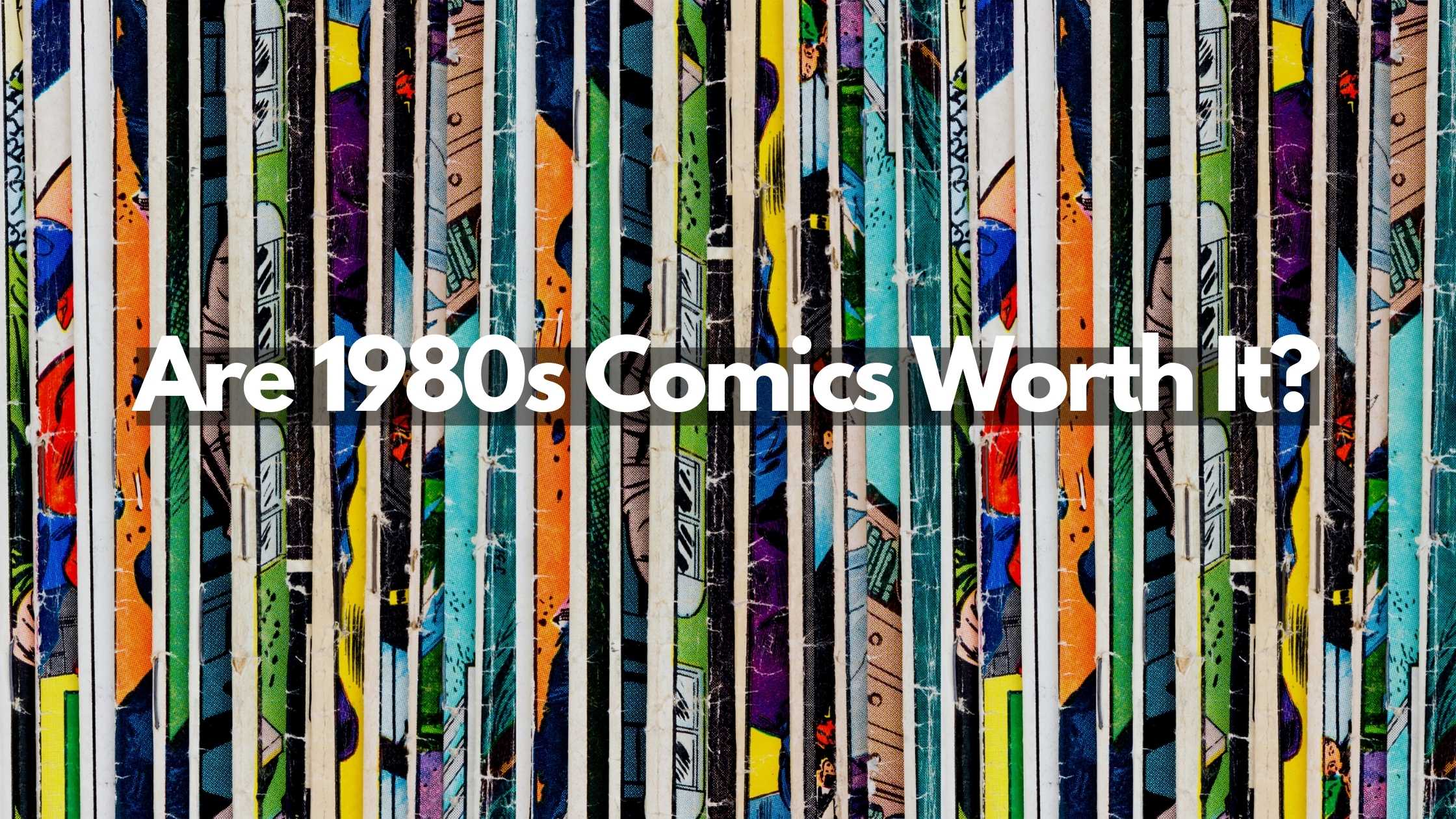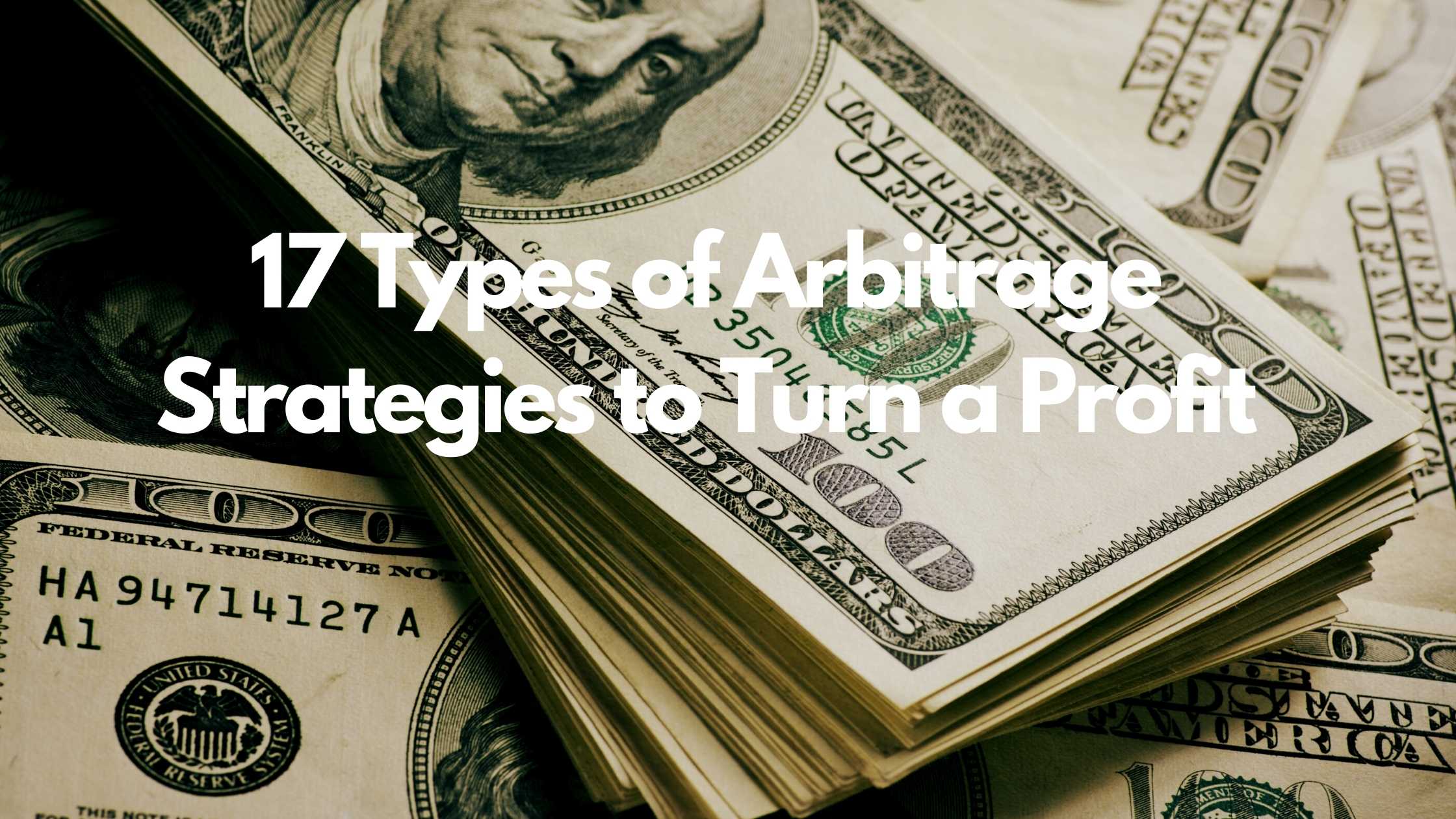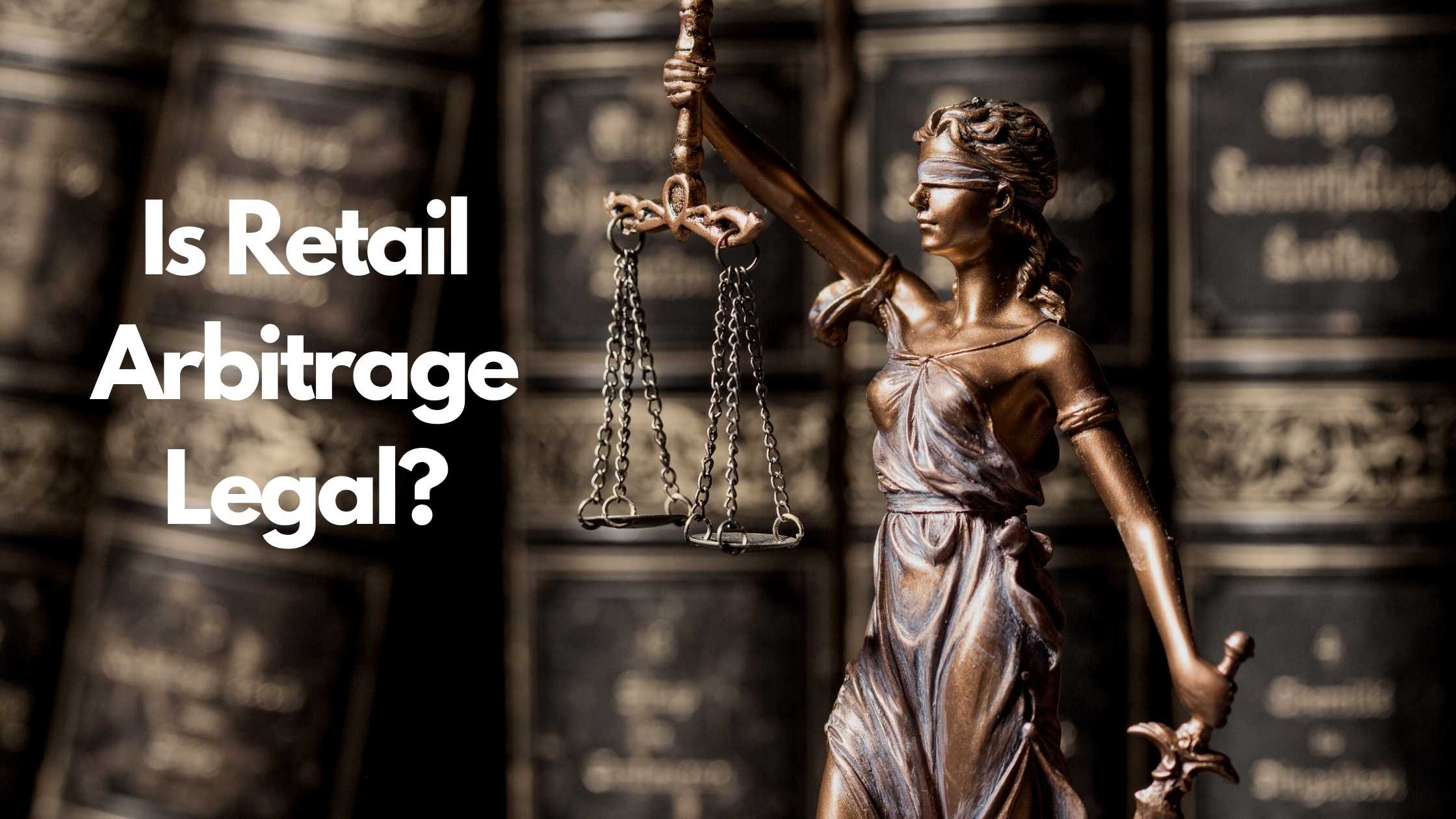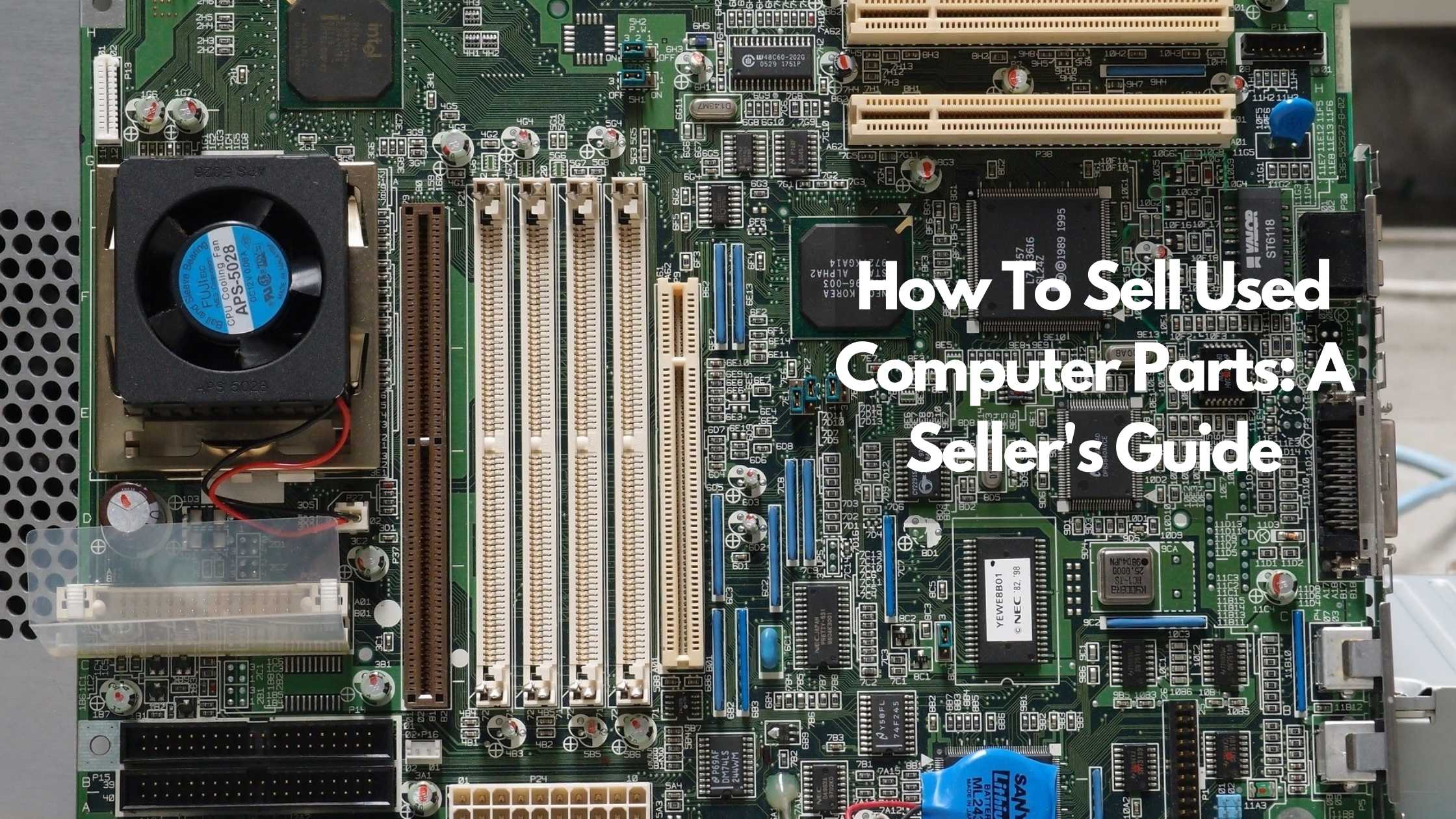
Are 1980s Comics Worth It? Discover Winning Tactics to Sell Them

1980s comics are worth it if you’ve got an invaluable collection and a genuine ability to market and sell them.
See, people collect comics for diverse reasons. Some for emotional attachment to their favorite superheroes, appreciation of the story, complete a series, appreciation of unique artwork, or to make a buck.
Whatever the reason, there are crucial factors that determine the value of a comic. Discerning publishers routinely target collectors with limited editions and the use of high-quality paper.
This factual article details how to identify and sell valuable 1980s comics patently.
Are 1980s comics worth anything?
If your collection meets a certain critical threshold, you’re bound to make a pile of money. Collectors have specific reasons that drive their interest in a set of comics. Being privy to trends and deeply understanding what is collectible and what makes a collectible valuable is your key to success.
How can I tell if my comic book is worth money?
The comic book market is somewhat unpredictable because comics don’t have intrinsic value.
Even with all indicators that your collection is valuable, there’s no sure way of knowing unless someone makes a purchase.
As a matter of fact, shouldn’t a valuable comic be one that’s engrossing without the need for a back story? Regrettably, things don’t quite work this way.
Instead, there are a couple of crucial indicators relied upon to prove the worth of your priced collection, and they are:
1. Rarity
Supply and demand are the most vital indicators of a comic book’s value. If it’s hard to find and is in demand, you’ve got a winner.
Ideally, this is the starting point from which everything else flows. Estimated quantities of a comic’s print runs and global distribution determine the rarity of a comic book. If a comic book discontinues, this can eventually contribute to its rarity.
Sometimes publishers issue limited editions to mark special events, which contributes to a comic’s addition to the rare collections list.
2. Popular Characters
Who are the all-time favorite action heroes or villains? Heroes are Batman, Superman, The Amazing Spiderman, The Incredible Hulk, or Wonder Woman. Villains are Joker, Venom, Catwoman, to mention a few.
Since 1938 these characters have enthralled readers, created passions, and even fortunes that pass through generations.
These characters are also universally recognizable hence are worth a tidy sum.
3. Desirability
Beyond popular characters, added value is evident from a key issue identified by a variant cover, compelling storyline, or distinct characters.
Comic enthusiasts deeply cherish a central character’s first appearance, such as a hero, villain, or supporting character.
The first appearance of a significant device, a cross over, death of a central character, or any significant event also adds to desirability.
4. Age
Older comics are more valuable than newer ones because they’re fewer. The older issues print were on low-quality paper, poorly stored, and faced time.
Another reason for increased value is that most central characters are introduced in older editions, further adding to the value.
5. Comparative Prices
What have collections similar to yours fetched in the past? Valuable comics will have 10c, 12c, 15c, 20c, or 25c on the cover. Those with 30c or higher on the cover have limited value.
Price guides will list the comic book name and its value based on the condition. Some price guides will give a price range for the comic, while others indicate one price. The most comprehensive one is Overstreet Comic Book Price Guide, available on Amazon. Also, consider eBay’s advanced search to sift through auctions with collections similar to yours.
6. Condition
Just like any valuable product or service, the condition and packaging matters. A comic’s grade is essentially its condition.
Factors that graders take into account to determine the value of your collection are discoloration, air or water damage, tears, and creases. Pristine collections are highly valuable, and collectors are known to pay top bucks to spot imperfections.
Numeric grades are the most precise and range between 10.0 to 0.5. Comics grading services such as the Comic Guaranty Company (CGC) and Professional Grading Experts (PGX) use them to determine value.
7. Complete Set
To comic enthusiasts, the storyline is what drives them. Hence to be outstanding and build a niche for yourself, make it a point to gather and deliver complete sets of the comic books in excellent condition.
If you can build your reputation around this real value, there’s no reason you shouldn’t be smiling to the bank. Collectors are delighted when they encounter a seller with everything intact. It’s the easiest way to build a solid reputation in the business.
8. Date
The publisher and artist matter considerably too. But what’s more important is the production period of a comic book. Why did Captain America shoot to fame? Because his premiere showed him punching Hitler’s jaw.
Wonder Woman’s costume, powers, and can-do-it attitude were extremely captivating to fans; however, America’s involvement in World War II made her the greatest superheroine.
9. Professional Appraisal
Sometimes even with all the indicators ticked off, there’s still a need from a professional to be entirely sure.
Collectibles’ value is continuously fluctuating due to factors like demand, availability, readers interest waning in some characters, titles, writers, and artists.
Thus serious collectors don’t like surprises and would expect a professional appraisal when making a purchase.
10. Print Runs
A print run is the number of copies printed of a book or magazine. Hence, there are first editions, second editions, reprints, or reissues. The lesser the print runs, the more valuable the edition or collection. Second and third issues of comics are usually more challenging to find than first issues.
That said, you need to know how to tell a genuine first print from a fake one.
How?
By checking the indicia.
In publishing, Indicia refers to a piece of text on the first right or front side (recto) page after the cover. It captures the comic’s title, publication date, issue number, editorial policies, and disclaimers. American comics have their indicias on the left or back side (verso) pages.
Thus, if it’s a first, second, or third print, it’ll be shown on the indicia. Even if a counterfeiter tries to recreate it, a grading company will catch on to it promptly.
Most valuable comic books from the 80s
Did you know that the publishing of the most valuable comics of the 80s was in the middle of two crucial ages for comic books; the second half of the bronze age and the dawn of the modern age?
The bronze age is recognized as the period comics ‘matured’ because of their focus on societal issues such as drug abuse, pollution, and poverty.
It was also the period that independent comic publishers rose to prominence, and the mass commercialization and merchandising of comic books became a fully viable industry.
To know what the most valuable comic books of the 1980s are, see below.
1. Teenage Mutant Ninja Turtles #1, (May 1984)
It’s one of the most successful comic books ever published.
It was the first appearance with an unconventional storyline about four pet turtles turned into ballsy crime-fighting ninjas by radioactive waste and instructed by Splinter, their rat sensei.
Its value was $500, but in August 2019, it sold incredibly for $90,000. Currently, it has a 9.8 CGC rating and listed for $79,950 on eBay.
2. Albedo #2, (1984)
This series drew considerable attention for its unique use of funny animals characters with human characteristics. This particular issue was the first one to feature Usagi Yojimbo, a deadly samurai rabbit.
As impossible as it sounds, it’s one of the hottest and rarest comic books of the 1980s. There were only 2000 copies printed. None will ever be published again since the original negatives are lost, and the original art is scattered.
Valued at $250 and a 9.8 rating, it sold for $31000 in May 2019.
3. Wolverine Volume 2: #1, (1988)
Comics revolve on sentimentality, and you can only know the value based on what a buyer is willing to pay for it. This issue attested to this fact even though Wolverine rates highly in many comics best-of lists.
It was the first of a series that featured Wolverine on his own facing off a group of pirates and released at the peak of X-Men popularity. His willingness to use deadly force and his brooding nature became standard characteristics for comic book antiheroes.
The issue, a 10 grade, was sold for about $ 17,000.
4. The Amazing Spider-Man #300, (1988)
This was a key issue whose highlight was: The 25th anniversary of the very first Spider-Man issue released in March 1963, the first appearance of Venom, Spiderman’s most formidable enemy, the reveal of Eddie Brock as Venom and the last issue in which Spider-Man appears in the black colored symbiote costume.
Some fans touted it as their favorite spidey comic of all time, so it was hardly a jolt that from an initial value of $20, it sold for $12,000.
From the above list, reviews, and fans feedback, it’s evident that rarity, good condition, a compelling storyline, and popular characters are critical contributors to the value of a comic book or collection.
Popular 80s comic book characters
1. Heroes
- Kitty Pryde
Kitty is one of the most popular X-Men characters. A reason why she’s popular is because readers have grown up with the character, who started as a teenage girl who’d only just learned she was a mutant.
- Cyborg
Cyborg is notable for his history as a central character of the Teen Titans. His mechanically enhanced body grants him superhuman strength, speed, stamina, and flight. It also makes him easily recognizable, which is vital for a comic action hero.
2. Villains
- Hobgoblin
The Hobgoblin is the alias of several fictional supervillains appearing in American comic books published by Marvel Comics, commonly depicted as enemies of Spider-Man.
- Apocalypse
Apocalypse (En Sabah Nur) is one of the world’s first mutants and a principal villain for the original X-Factor team and now for the X-Men. He premiered in 1986, and for the next 15 years or so, he was a top-tier Marvel villain. By the mid-’90s, no one could touch his popularity.
- Dr. Doom
This is one of the most interesting supervillains of all time. He’s the archnemesis of the Fantastic Four. However, despite being one of the most potent and interesting villains in the Marvel Universe, the character has yet to receive a definitive live-action adaptation.
Selling your 80s comics
To successfully sell your comic books or collections, know how to grade and store them effectively.
1. Valuation process
Avoid high expenses by only grading the potentially valuable and rare comic books in your collection.
The most reliable valuation system is the numerical grading below used by reputable companies like CGC.
- 0-1.5 = poor to good minus
- 2.0-3.5 = fair to very good minus
- 4.0-5.5 = very good to fine minus
- 6.0-7.5 = fine to very fine minus
- 8.0 = very fine
- 8.5 = very fine plus
- 9.0 = very fine/near mint
- 9.2 = near mint minus
- 9.4 = near mint
- 9.6 = near mint plus
- 9.8 = near mint to mint
- 9.9 = mint
- 10.0 = gem mint
What are you likely to find on a 0 – 1.5 grade? Stains, disjointed pages, tearing, creasing, and glaring signs of a too worn out book.
Serious collectors consider 4.0 – 5.5 the least acceptable. Anything below won’t fetch much.
9.8 is code for perfect with bearable defects.
9.9 – 10 is either exceptional or extremely rare, hence worth a fortune if it ticks all the right boxes.
Deal breakers are restorations, missing covers, and page. Surprisingly, some collectors are more concerned with the visual appeal of the front, back covers and potential defects.
2. Storage and maintenance
Once graded, take care of handling, storage, and maintenance.
The grading locks the valuable and rare ones into a slab (hard casing) sealed with a hologram sticker and a barcode. If you’re planning to ship, obtain insurance to protect your investment from unscrupulous buyers.
Ensure the storage area is a cool, dry place that’s not likely to flood, and that doesn’t have direct sunlight.
3. Pricing and listing
Next, create your price structure with a descriptive listing by referencing a reputable price guide.
Overstreet Price Guide is excellent and is considered a comic book dealer’s bible. It’s pricier but more comprehensive, so as you shop for a price guide, bear this in mind.
Something else: Refer to the indicia for your comic’s official title and issue number for conclusive price verifications.
But don’t stop there, continue to gain pricing insights by scouring online and offline comic book market places. Study trends and deepen your understanding of what’s useful to collectors.
4. Where to sell
- Offline: Brick and mortar comic book stores, auction houses, comic conventions or own shop
It’s always best to sell offline where customers can experience and decide outright, unlike online where they’re reliant on photos. The risk of missing out on a detail that can impact the purchasing decision is high.
- Online: Auction websites, comic reseller sites
Selling via other sites is convenient because it exposes you to a broader market. It’s also the most viable if you don’t have much time to dedicate to this venture.
Nonetheless, it means you’ll have to comply with certain requirements like commissions and taxes.
Do comic books still sell?
Comic books still sell. The market has been in transition and has traditionally survived on thin margins. If there’s a superhero comic with a compelling story and a skilled seller, collectors will buy.
Do pawn shops buy comic books?
They’ll purchase, although as resellers, their rates won’t be competitive. Therefore the only time you should consider selling to them is if you’re pressed for money and have no issue with the amount paid.
Conclusion
1980s comics are worth it and can earn you a considerable amount of money. If you want to invest in comics, learn to grade them by their condition. Know the collectibles and what they’re worth. And even in the worst-case scenario, project yourself as the best salesperson to break even.
Recommended Blog Posts:
TRENDING


Online Arbitrage for Beginners (Step-by-Step Guide)

17 Types of Arbitrage Strategies to Turn a Profit

Is Retail Arbitrage Legal?

How to Turn Textbook Arbitrage into a Business for Profit

How Can You Tell if a Book is a First Edition?

What to Do With Your Jigsaw Puzzle When Finished?


